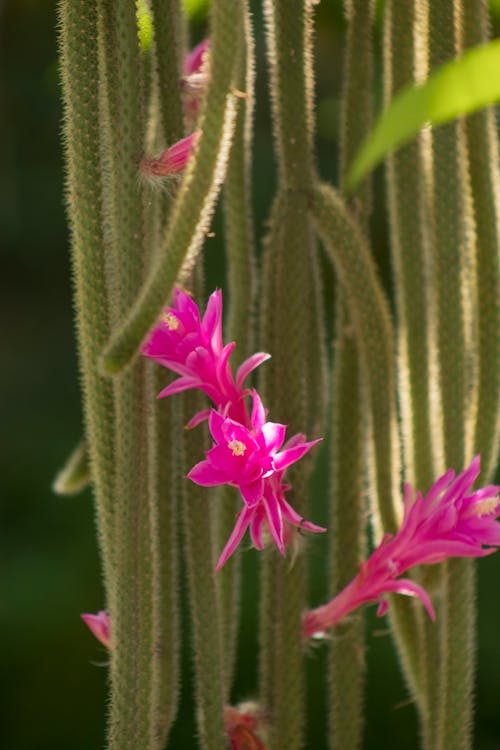
Care and maintenance of Disocactus – Hanging cactus or Rock cactus
Share
The Disocactus , better known as the hanging cactus or rock cactus, is a beautiful epiphytic cactus that is native to tropical areas in Central and South America. Unlike desert cacti, the Disocactus prefers a more humid and warmer climate. With its graceful hanging growth and colorful flowers, this plant is an ideal choice for hanging pots or decorative planters.
For a healthy Disocactus , proper care is essential. Place the plant in a spot with bright, indirect light. Although this cactus does not like direct sunlight, it can tolerate some morning shade. Too much sun can lead to burnt leaves. A spot near a window facing east or north is ideal.
Watering is important, but requires balance. Keep the soil slightly moist during the growing season (spring and summer), but do not allow the plant to sit in wet soil. Allow the top layer of soil to dry out slightly before watering again. In the fall and winter, when growth slows, the Disocactus needs less water. Only water when the soil feels completely dry.
Use a well-draining soil mix, such as a combination of potting soil, orchid soil, and sand. This mix will mimic the natural conditions in which the Disocactus grows, such as on tree branches and rocks. Also, make sure the pot has drainage holes to prevent root rot.
The Disocactus thrives at room temperature, but avoid cold drafts or temperatures below 10 °C. It also likes a higher humidity, which makes it suitable for a bathroom with lots of light. Mist the leaves regularly or place a humidifier nearby.
Feeding is important during the growing season. Give the Disocactus a liquid fertilizer for cacti or orchids once a month. Reduce fertilization in the fall and stop completely in the winter.
